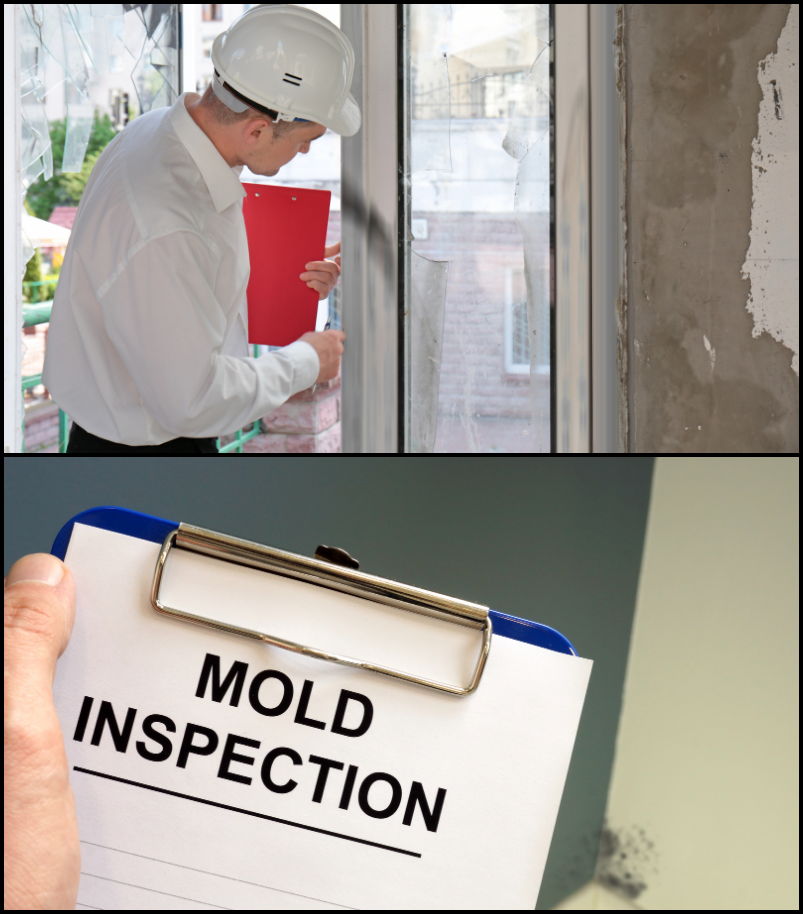Mold Testing in Lindenhurst


The Importance of Mold Testing On Long Island
Professional Mold Inspection in Lindenhurst
Residential
Commercial
Lindenhurst, located on the South Shore of Suffolk County, Long Island, is a charming village known for its waterfront living, close-knit community, and vibrant downtown area. With a population of approximately 27,000, Lindenhurst blends suburban comfort with a coastal atmosphere, making it a popular destination for families and individuals who enjoy access to both the Great South Bay and nearby amenities. The village is part of the Town of Babylon and enjoys a strong sense of community pride, highlighted by local events and cultural attractions. Lindenhurst's local economy is supported by a mix of small businesses, restaurants, and shops that line the village’s lively downtown area. The village has seen revitalization efforts in recent years, adding new restaurants, cafes, and boutiques that enhance its appeal. Residents also have access to nearby larger commercial areas, including Babylon Village and shopping centers in neighboring towns. Lindenhurst’s location near the Long Island Rail Road station makes it convenient for commuters traveling to New York City and other parts of Long Island.
The village enjoys a moderate climate typical of Long Island, with warm summers and cold winters. Its waterfront location along the Great South Bay offers numerous recreational opportunities, including boating, fishing, and enjoying the scenic marinas. Venetian Shores Park, a popular local spot, provides beach access, picnic areas, a playground, and summer concerts, making it a favorite destination for families during the warmer months. The village is also close to other recreational areas like Cedar Beach and the West Babylon Nature Preserve. Lindenhurst is served by the Lindenhurst Union Free School District, which is known for its strong academic programs, active sports teams, and extracurricular activities. The district is central to the community, fostering local pride and bringing families together through school events and athletic competitions.
Our Mold Testing Services in Lindenhurst
Our testing and inspection process includes the following steps:
Visual Mold Inspection:
Identifying any visible signs of mold growth.
Air Quality Testing:
Detecting mold spores in the air to assess indoor air quality.
Surface Testing:
Collecting samples from surfaces to confirm mold presence.
Moisture Mapping:
Pinpointing areas of potential water damage that may lead to mold growth.
Why Choose Long Island Mold Testing
Certified and Experienced
Local Experts
Fast & Reliable Service
Health-Focused Approach
FAQs
1. What is mold testing?
Mold testing involves inspecting a property for the presence of mold by collecting air or surface samples and analyzing them in a laboratory to determine if harmful mold is present and at what levels.
2. Why is mold testing important?
Mold testing helps identify hidden mold growth that can cause health issues, property damage, and decreased indoor air quality. It allows homeowners to take prompt action to remove mold and prevent further problems.
3. How do I know if I need mold testing?
If you notice visible mold, experience a musty odor, or suspect water damage (e.g., from flooding or leaks), mold testing is recommended. It’s also a good idea after purchasing a home, following major storms, or if household members experience unexplained health issues.
4. What types of mold are commonly found in homes?
Some common molds found in homes include Stachybotrys (black mold), Penicillium, Aspergillus, and Cladosporium. Testing can determine the specific types of mold present and assess the risks they may pose.
5. How is mold testing performed?
Mold testing typically involves collecting samples from the air, surfaces, or materials in your home. These samples are then analyzed in a lab to identify the types of mold present and their concentrations.
6. How long does mold testing take?
The actual testing process usually takes a few hours, but receiving lab results can take anywhere from 24 hours to a few days, depending on the type of testing and the laboratory used.
7. How much does mold testing cost?
The cost of mold testing varies depending on the size of the property, the extent of testing required, and the types of tests performed. Prices typically range from $300 to $600, but more comprehensive testing can cost more.
8. What should I do if mold is detected in my home?
If mold is found, you should contact a professional mold remediation company to safely remove it. It’s important to address the underlying cause of the mold (such as water leaks or high humidity) to prevent future growth.
9. Can I test for mold myself?
There are DIY mold testing kits available, but they may not be as reliable as professional testing. Professional mold inspectors are trained to locate hidden mold and provide more accurate assessments of the extent of the issue.
10. How can I prevent mold growth in my home?
To prevent mold growth, control indoor humidity levels, repair leaks promptly, ensure proper ventilation (especially in bathrooms and kitchens), and clean and dry areas affected by water damage as soon as possible.
11. Is all mold dangerous?
Not all mold is harmful, but certain types of mold can cause health issues, especially for individuals with allergies, asthma, or weakened immune systems. Professional testing can help determine if the mold in your home poses a risk.
12. How often should mold testing be done?
Mold testing should be done after water damage, if mold is visibly present, when moving into a new home, or if you notice unexplained health symptoms. Otherwise, periodic testing every few years can ensure your indoor air quality remains safe.